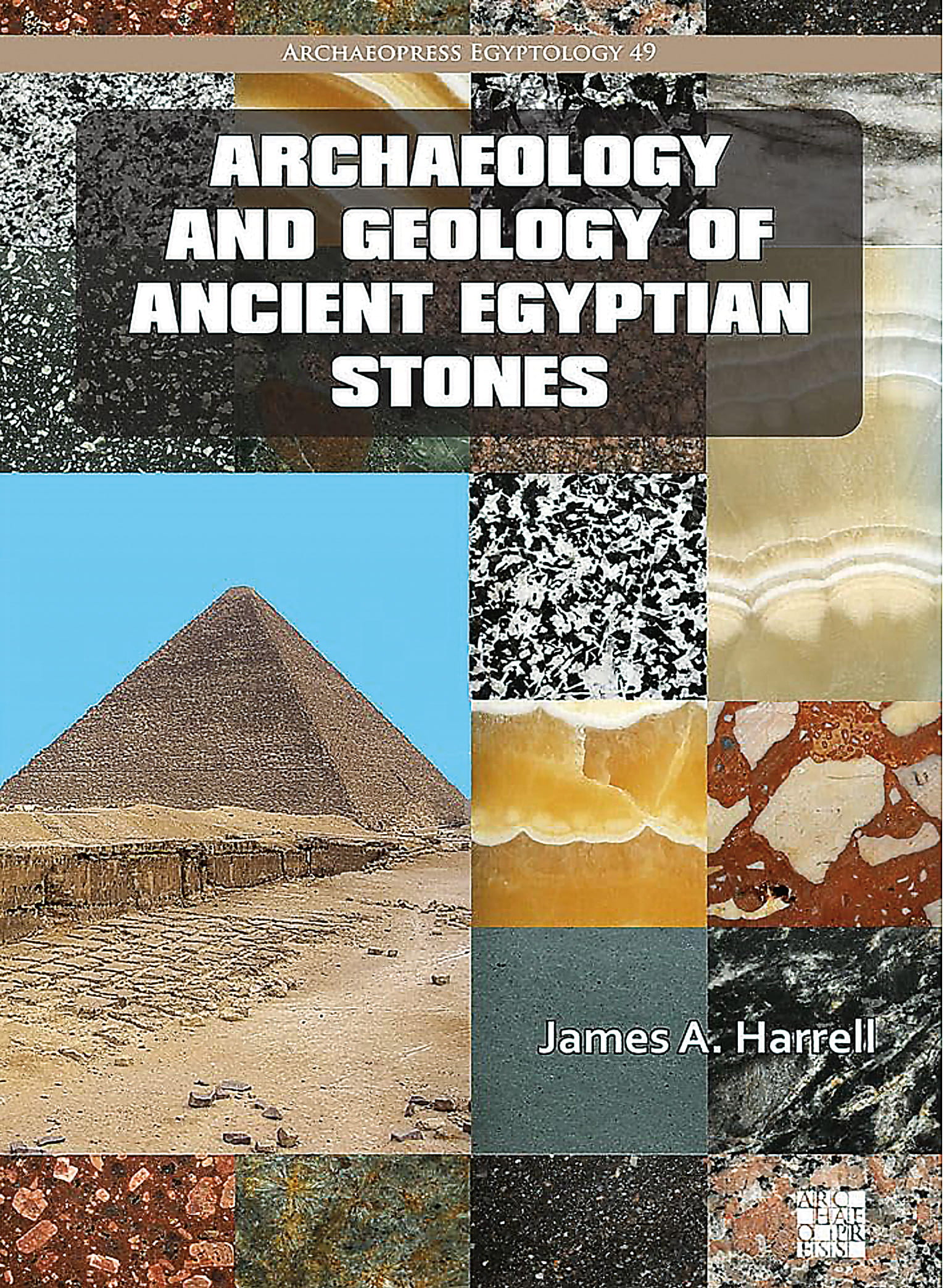
I Speak Fula
Bassekou Kouyate & Ngoni Ba
(Out Here)
Vieux Farka Touré
Fondo
(Six Degrees)
Tinariwen
Imadiwan: Companions
(World Village)
Terakaft
Akh Issudar
(World Village)
The blues had a baby and they called it rock ’n’ roll—so the song goes—and it seems to apply in Africa just as it did in America. The desert blues of Mali have grown into a kind of adolescence, where the abrasive, rebellious sound of rock is most appealing. That raw, spare blues remains the cornerstone of the sound, but harder rhythms, and in some cases florid solos, show they’ve been absorbing plenty of vintage western rock. It’s most obvious in the sophomore releases by Vieux Farka Touré (son of Ali Farka Touré, the godfather of desert blues) and Bassekou Kouyate, a virtuoso on the ngoni lute. The sense of collective blooming is tangible as they play with confidence and fire, and push the limits of the genre. There are slower, more reflective pieces, in which their roots are always apparent, but the sparks really fly when they speed things up and cut loose. Touareg group Tinariwen have become the biggest name in desert blues, and their stint opening for the Rolling Stones last year has influenced them on their new disc, which bristles with rough energy. They are developing their multi-guitar sound, both acoustically and electrically, in a way that mirrors the British blues boom of the 1960’s—albeit refracted through a global prism—with solos that spark out over twisting strands of rough melody. Fellow Touaregs Terakaft come across first as a smaller, leaner Tinariwen, with a spare, open sound where space feels as important as music. But when they take off, it’s with the roar of a sports car with a young, eager driver at the wheel.
Fondo
(Six Degrees)
Tinariwen
Imadiwan: Companions
(World Village)
Terakaft
Akh Issudar
(World Village)
The blues had a baby and they called it rock ’n’ roll—so the song goes—and it seems to apply in Africa just as it did in America. The desert blues of Mali have grown into a kind of adolescence, where the abrasive, rebellious sound of rock is most appealing. That raw, spare blues remains the cornerstone of the sound, but harder rhythms, and in some cases florid solos, show they’ve been absorbing plenty of vintage western rock. It’s most obvious in the sophomore releases by Vieux Farka Touré (son of Ali Farka Touré, the godfather of desert blues) and Bassekou Kouyate, a virtuoso on the ngoni lute. The sense of collective blooming is tangible as they play with confidence and fire, and push the limits of the genre. There are slower, more reflective pieces, in which their roots are always apparent, but the sparks really fly when they speed things up and cut loose. Touareg group Tinariwen have become the biggest name in desert blues, and their stint opening for the Rolling Stones last year has influenced them on their new disc, which bristles with rough energy. They are developing their multi-guitar sound, both acoustically and electrically, in a way that mirrors the British blues boom of the 1960’s—albeit refracted through a global prism—with solos that spark out over twisting strands of rough melody. Fellow Touaregs Terakaft come across first as a smaller, leaner Tinariwen, with a spare, open sound where space feels as important as music. But when they take off, it’s with the roar of a sports car with a young, eager driver at the wheel.
You may also be interested in...

Asma Khan’s Monsoon Cookbook Reclaims Taste of Home—Our Book Review
Known for her all-female kitchen at London’s Darjeeling Express, Asma Khan transforms her new cookbook into a memoir, steeped in nostalgia.
Archaeology and Geology of Ancient Egyptian Stones
Spanning three decades of fieldwork, Archaeology and Geology of Ancient Egyptian Stones is as vast as its subject: the stones ancient Egyptians used to shape their civilization.